Best Chromebooks 2025: top Google laptops for any budget
If you're after a brilliant budget Chromebook, or a more premium model, these are the best Google laptops available

- Best Chromebook for most people
- Best Chromebook for gamers
- Best budget Chromebook
- Best premium Chromebook
- Best convertible Chromebook
- Best eco-conscious Chromebook
- Great premium Chromebook
- Best premium 2-in-1 Chromebook
- Best Chromebook for style
- Best powerful Chromebook
- Chromebook FAQs
- How we test Chromebooks at T3

Chromebooks have come a long way and continue to get better: these laptops were once seen as cheap and limited, but the best Chromebooks in 2025, running Google's ChromeOS, are now among some of the very best laptops around.
If you're after one of the best student laptops on the market, then you're going to find plenty of interest among the best Chromebook options, as they still represent great value for money.
The lightweight nature of Google's ChromeOS (and of Chromebooks themselves) makes them a compelling choice. With just about everything happening inside of a browser tab, these laptops boot up fast and also last for an age on a single charge, so they're ideal for working on the go and getting essential tasks done.
Whether for work or play, there’s a Chromebook out there for everyone, even gamers. We’ve selected a wide variety of Chromebook options, suited to all budgets and styles, in this handy best-of guide, so you can get straight to the perfect option for you.
The best Chromebooks you can buy in 2025
The best Chromebook for most people
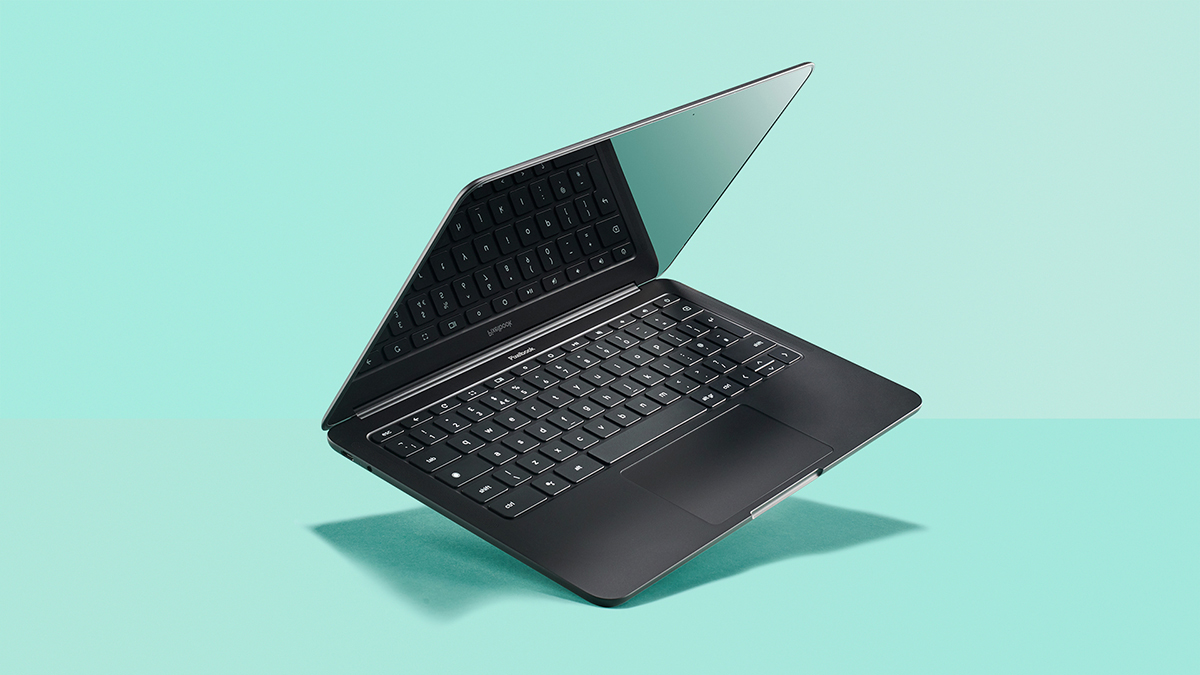
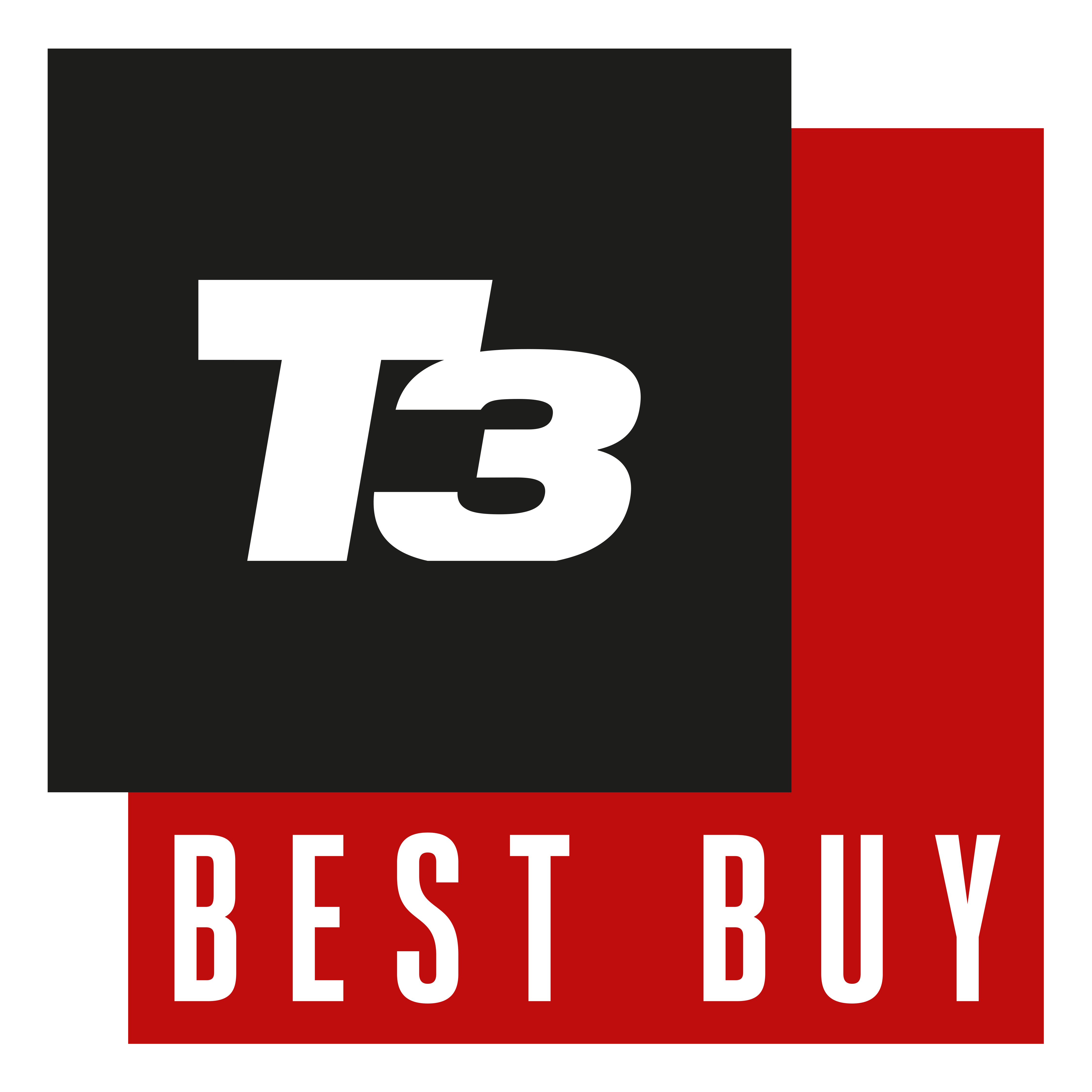
Specifications
Reasons to buy
Reasons to avoid
Google doesn't only make Chrome OS for all Chromebooks, it produces its own Chromebook too: the Pixelbook Go. Well, it did, anyway, as this is now an older model and you'll only find it refurbished. If only there was a Pixelbook 2, eh?
Many tout this as one of the best on the market, too, with credentials powerful enough to take on fully-fledged Windows machines no problems. You can even spec out an Intel Core i7 processor and 4K screen resolution if you're feeling especially flush.
The Google hardware design team really hits its stride with the Pixelbook Go, too, from the slim bezels around the display to the textured rubber underneath the laptop, it's a well-designed and practical option.
Does Google do it best for you? Read our full Pixelbook Go review for the highlights and lowlights.
The best Chromebook for gamers
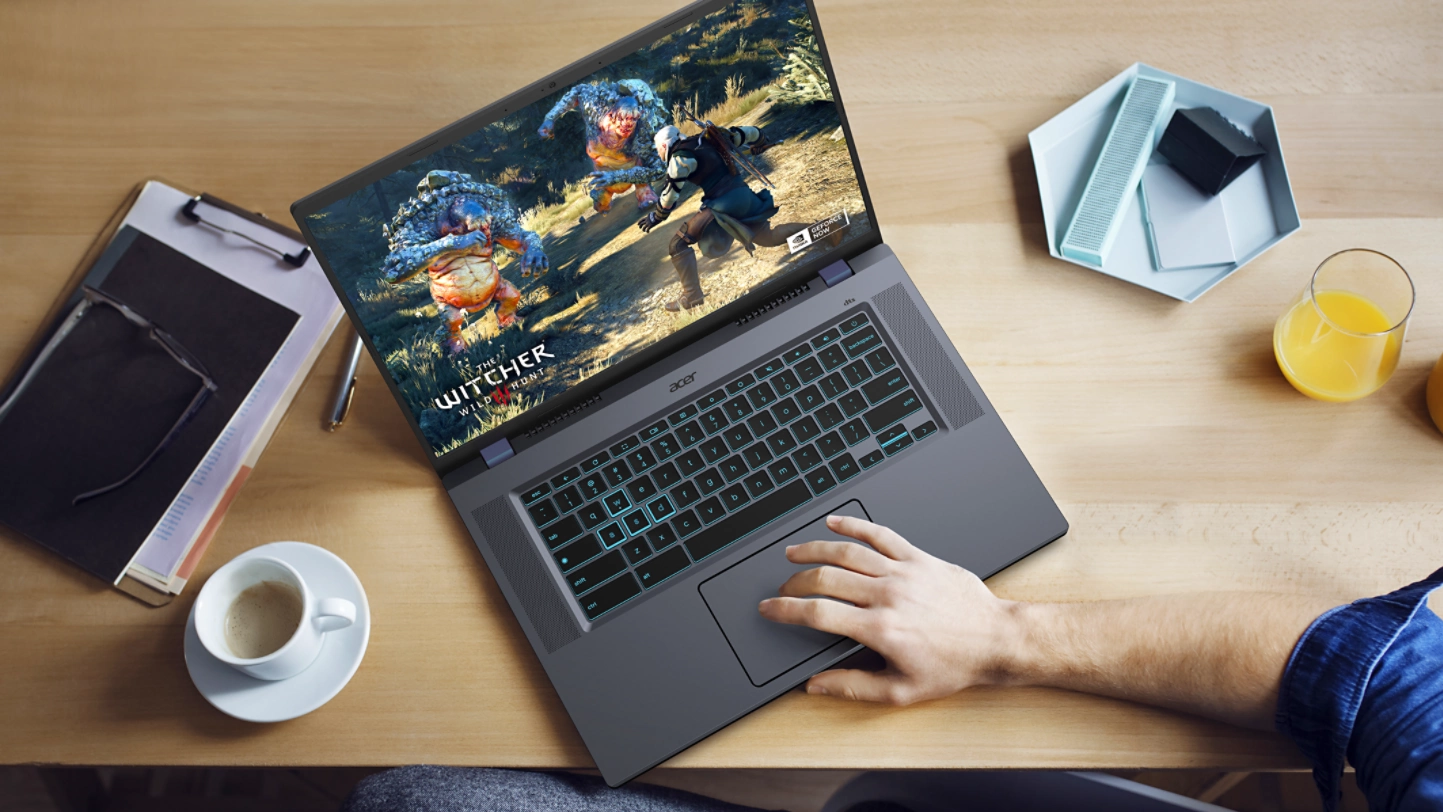
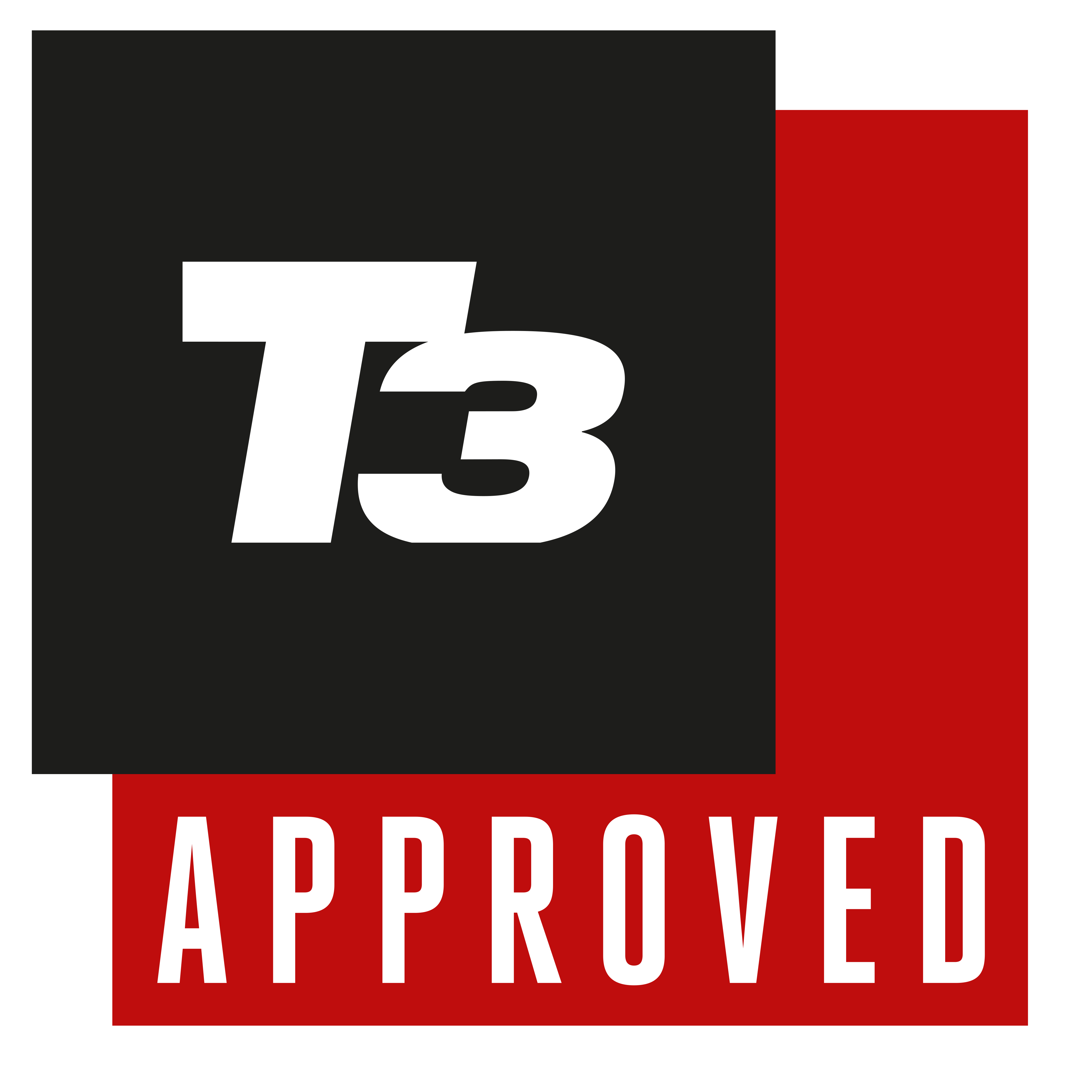
Specifications
Reasons to buy
Reasons to avoid
While most Chromebooks on this list will have typical 13-inch screen sizes, the Acer Chromebook 516 GE is a different beast. That's because it houses a 16-inch screen, that's also high-resolution, and there's more power here than you'll find with much of the competition (Intel Core i7, 16GB RAM, Intel Iris Xe graphics at the top-end).
That makes it a Chromebook that can even perform gaming tasks, which is a million miles away from where Chrome OS began its life, that's for sure. Of course, you'll need to pay more for the pleasure but, actually, all considered the 516 GE is still very reasonably priced. It's not going to rival the best gaming laptops for pure performance, but they can often be three times the price!
If you want to learn more about why Acer's Chromebook 516 GE is more powerful and premium than its competition then read our full review for full insight.
The best budget Chromebook
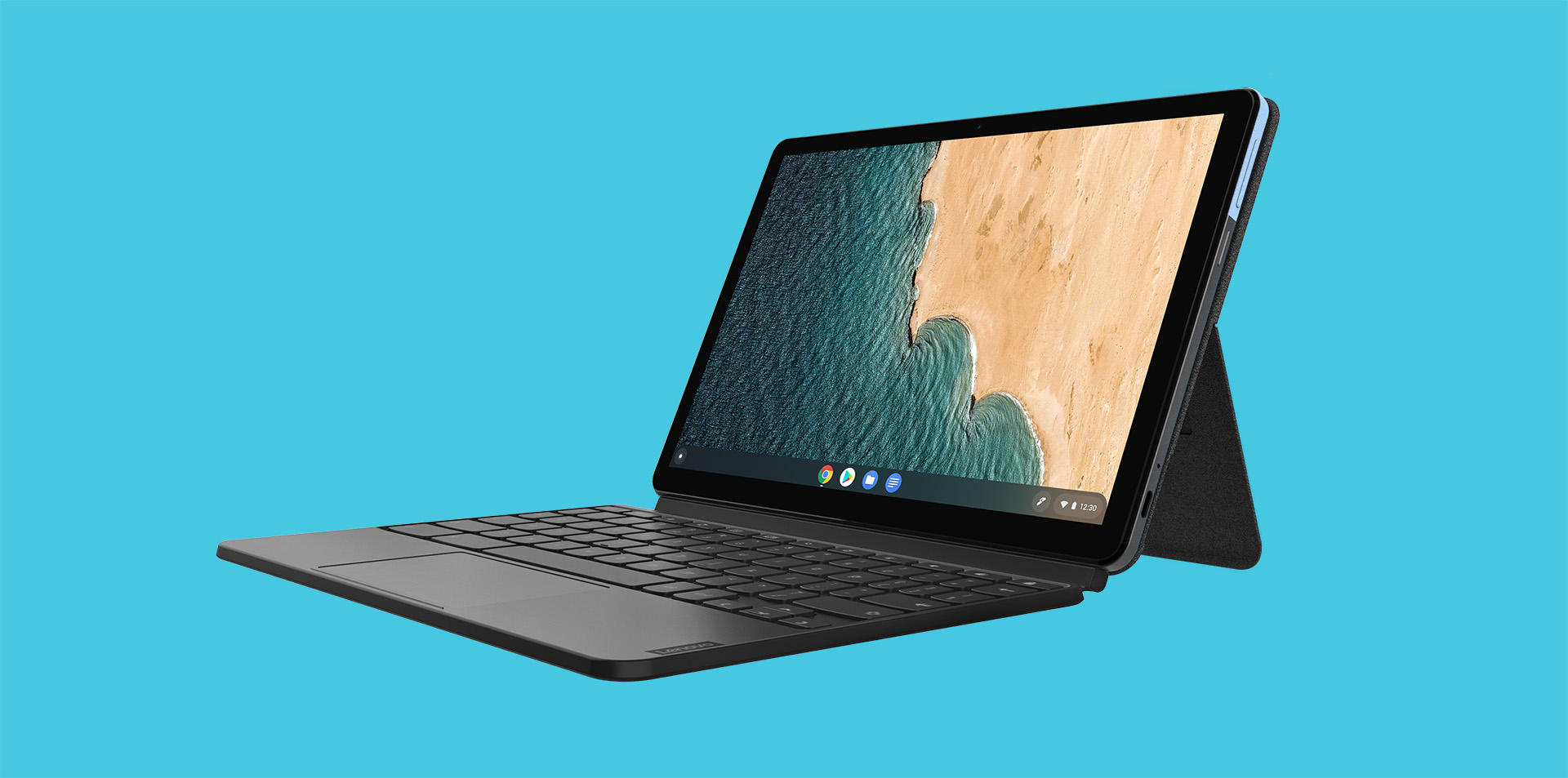

Specifications
Reasons to buy
Reasons to avoid
The best budget Chromebook is Lenovo's Chromebook Duet. Sure, it's not got the bells and whistles power of some others in this guide, and its screen is a little smaller at 10.1-inches, but all considered it's an absolute bargain – and that's the key sell.
Principal to its design is the 2-in-1 setup, so you could use the Duet as a tablet-like product, then clip on the magnetic keyboard and get more productive as your needs dictate. Versatility is the name of the game, which is well handled.
Want to know more? Read our full Lenovo Chromebook Duet review for a deep dive into its pros and cons.
The best premium Chromebook
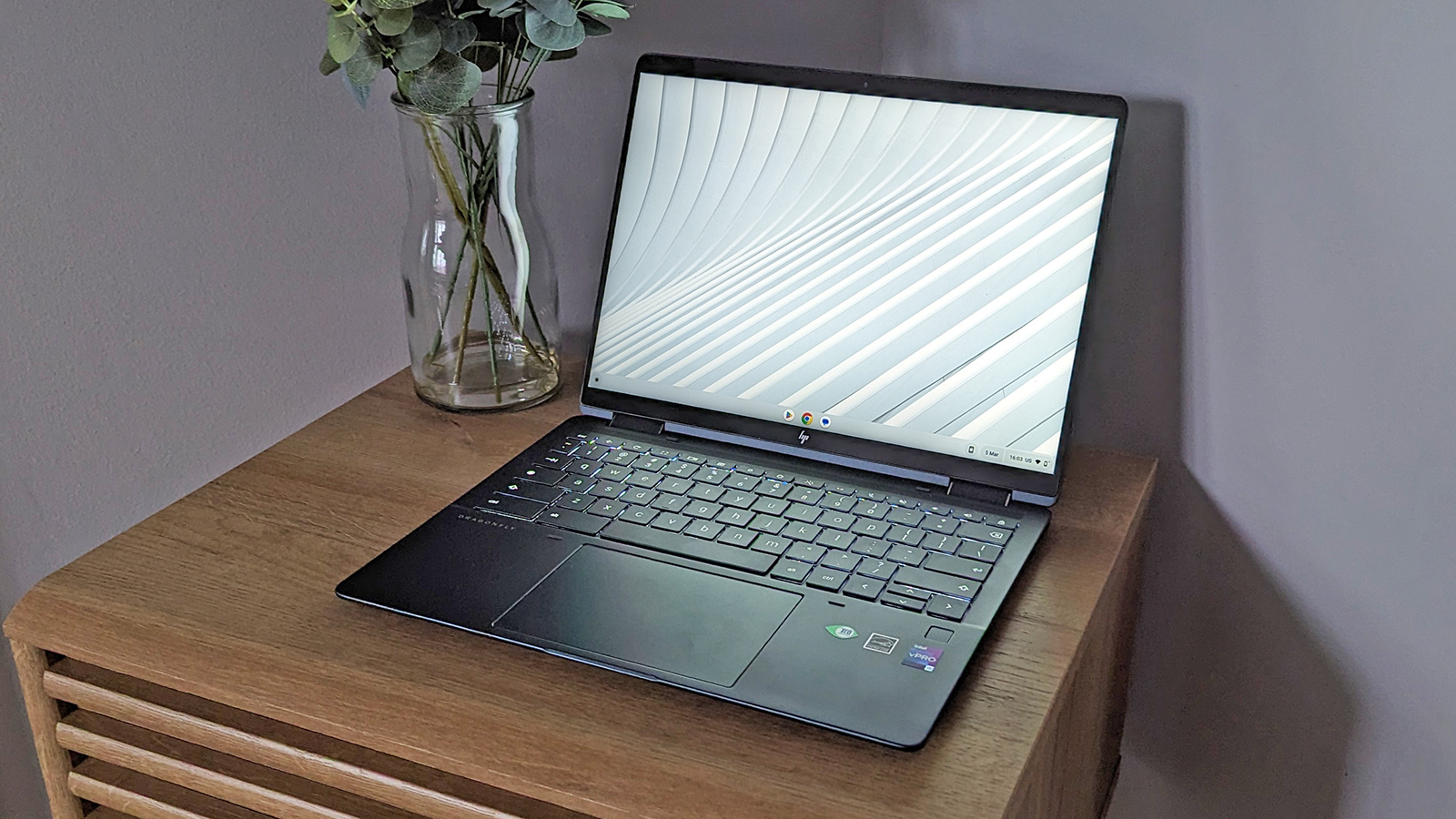

Specifications
Reasons to buy
Reasons to avoid
The HP Elite Dragonfly Chromebook is aimed mainly at business users, hence features such as remote management – but if you have the money to be able to afford it, we think this is an appealing ChromeOS laptop for any consumers who want something that looks and feels premium level.
What strikes you first about the laptop is the quality of its design and build. It's super-compact, with a screen size of just 13.5 inches, and the magnesium-aluminium chassis, the frosted finish, and the dark blue and silver combination work really well. You can fold the screen right back against the keyboard too, giving you plenty of flexibility in terms of the form factor.
The specs under the hood are comfortably enough to handle Chrome browser tabs and Android apps, and it scores highly in other areas too: the webcam, the sound system, the trackpad and keyboard, the included stylus, and the SIM card slot that lets you add 4G or 5G connectivity if you want.
The best convertible Chromebook
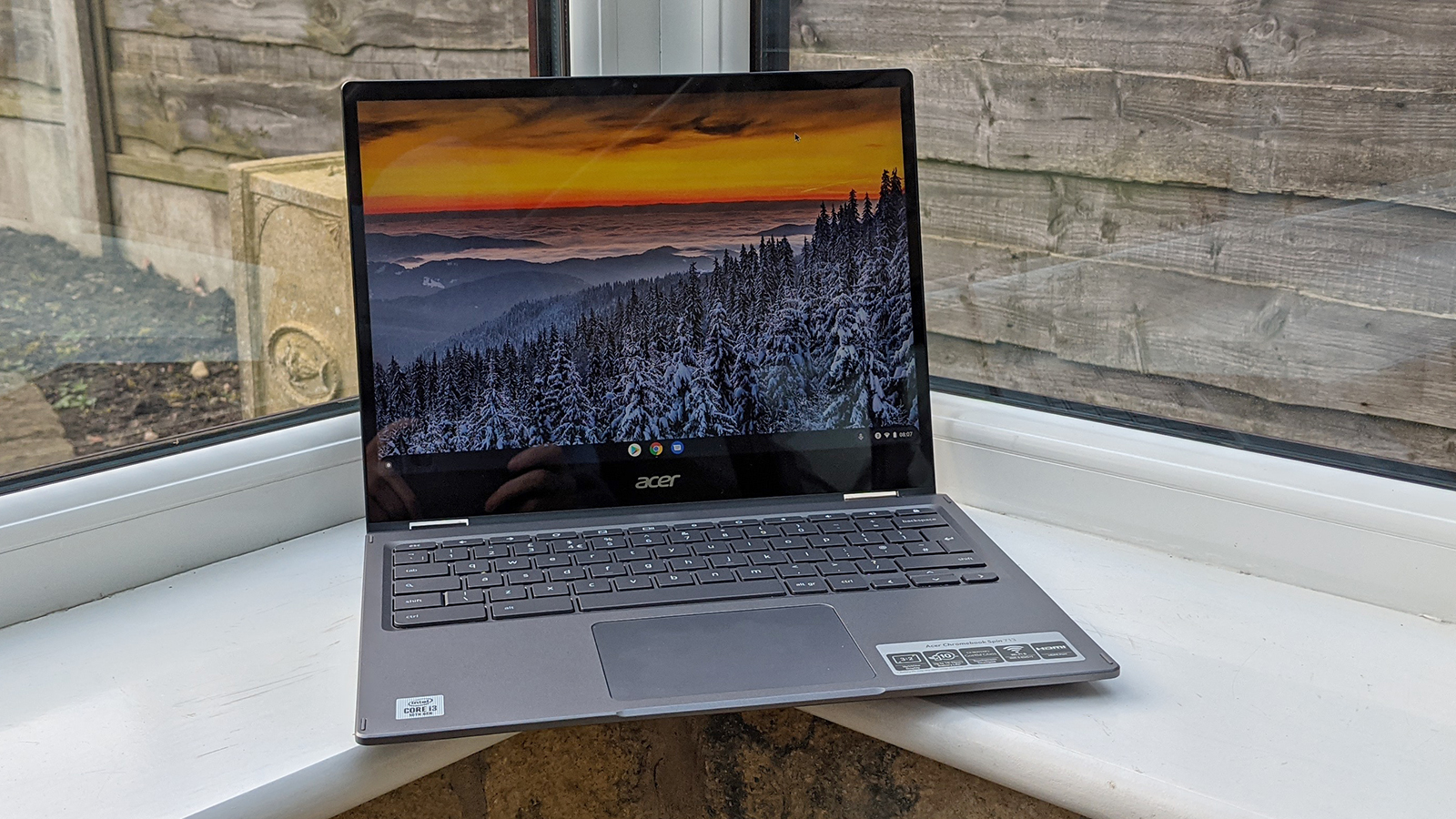

Specifications
Reasons to buy
Reasons to avoid
Although all Chromebooks are the same – as they all run Chrome OS – there's plenty of variety in terms of screen size, build quality, keyboard and trackpad performance. Acer's Spin 713 features a 360-degree hinge, making it particularly versatile.
That means you can view this high-resolution 13.5-inch screen in laptop mode, as a tablet, or even position it upright on a desk for watching shows. It's a 3:2 aspect ratio, too, which is unusual, but is great for looking over documents as it's closer to a sheet of A4 paper rather than a wide-angle screen.
Not only that, this Chromebook has plenty of power, as you can specify Intel Core i processor options here. This means it'll be able to handle all the Chrome tabs and Android apps you throw at it – and then some. Head to our full Acer Chromebook Spin 713 review to find out more.
The best eco-conscious Chromebook
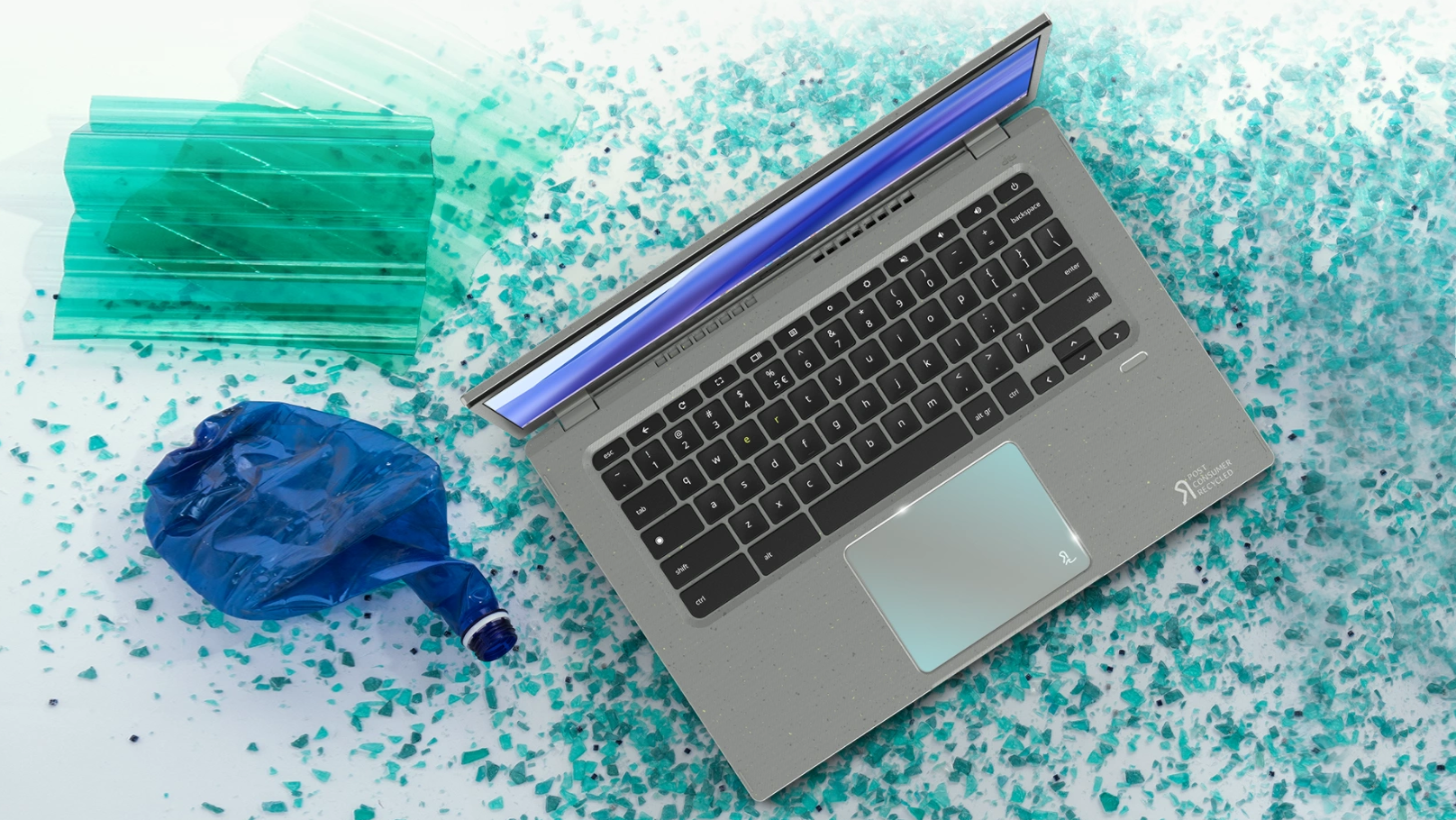

Specifications
Reasons to buy
Reasons to avoid
The Vero is a fast device with a decent screen and strong eco-credentials that's more than capable of typical computing tasks, from surfing the web and checking emails to streaming HD content. It's got a quality webcam, making it perfect for anyone who does a lot of Zoom calls. And while the low-fi design might not be for everyone, it's certainly distinctive.
Find out more about Acer's new eco-conscious project in our Chromebook Vero 514 review, where there are detailed pictures of the laptop to help you decide whether it's the look you'd like to own.
A great premium Chromebook
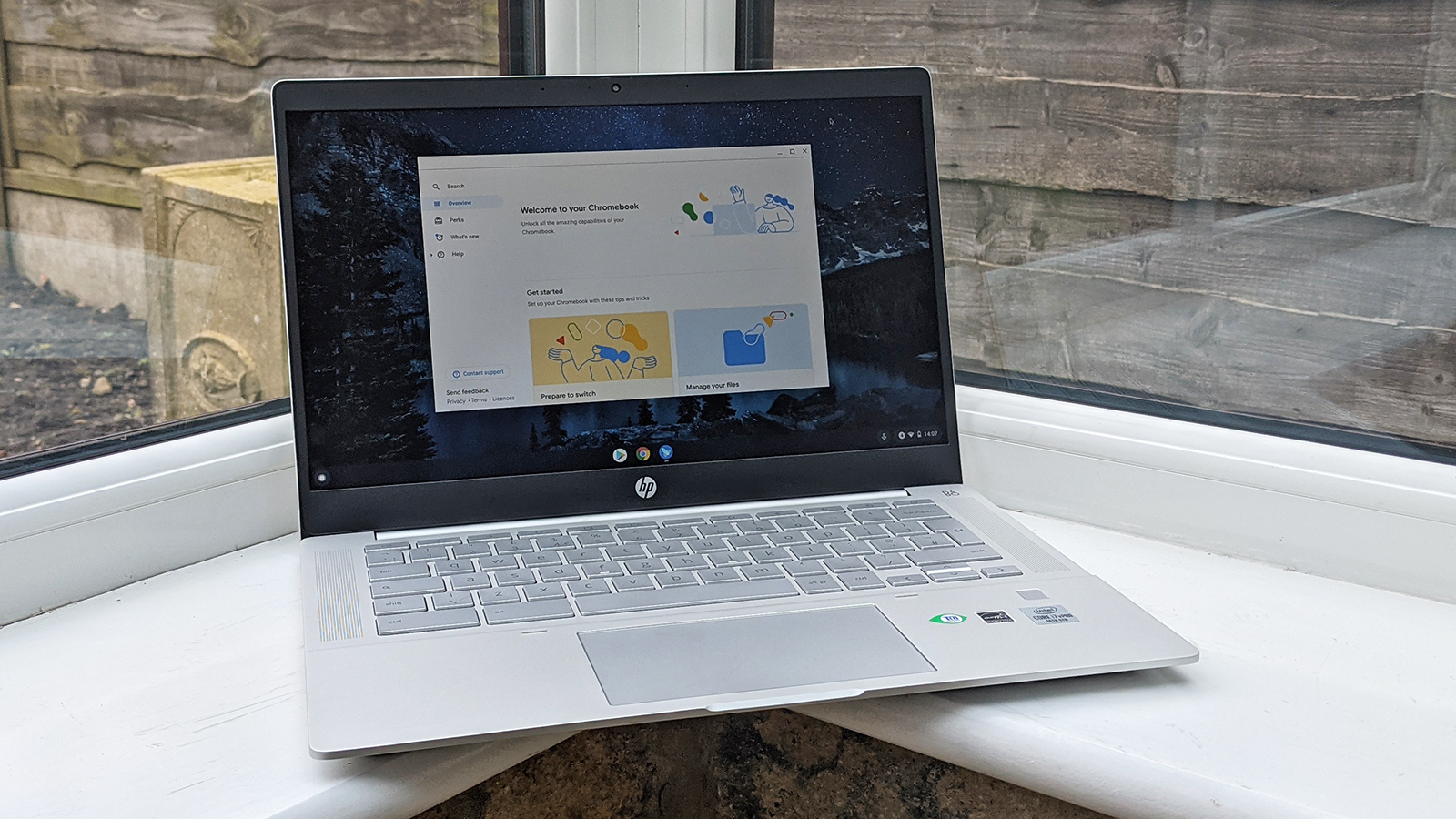

Specifications
Reasons to buy
Reasons to avoid
When people think 'Chromebook', many think of budget laptops with little power. But the HP Pro C640 flips this idea on its head, presenting a strong case as to why you should consider spending a little more on your Google laptop.
Not only is the Pro C640 a sophisticated looker – as if it's dressed in business attire, almost – pop an Intel Core i7 option in here and it'll deliver plenty of oomph to your tasks. Pair that with a lovely 14-inch display – which doesn't have any fancy 360-hinge or 2-in-1 design – and you've got a solid alternative to a Windows laptop.
Read our full HP Pro C640 review to see if this sophisticated Chromebook is the one to win you over.
The best premium 2-in-1 Chromebook
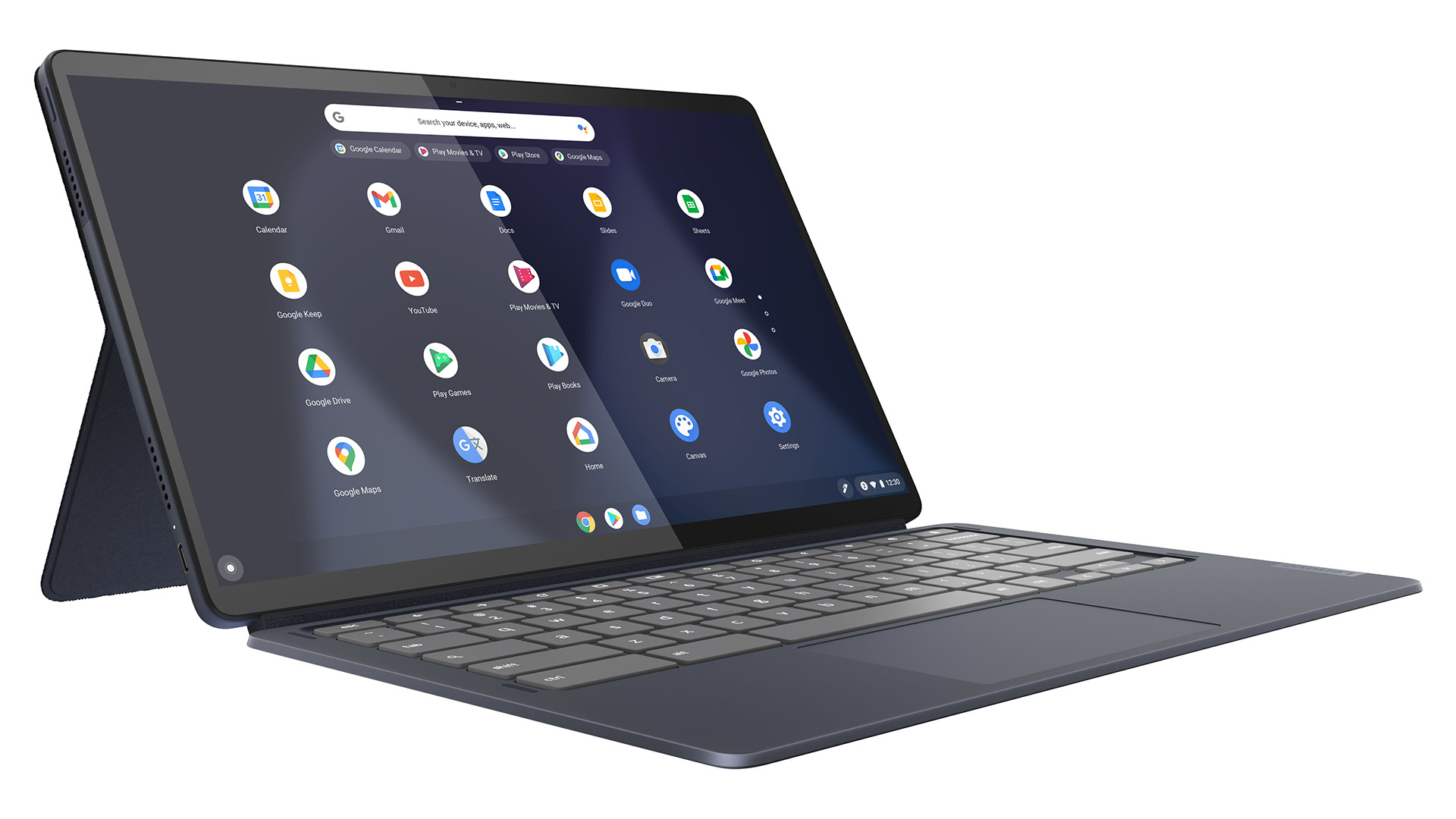

Specifications
Reasons to buy
Reasons to avoid
The step-up model from our best budget Chromebook option, the more up-to-date Duet brings a bigger screen – which is now an OLED panel – that also makes it rather a lot more expensive. But it's well worth it, as these upgrades make it the best premium 2-in-1 Chromebook you can buy.
You still don't get top-of-the-line specs, but there's more than enough oomph here to run Chrome OS, while the battery life is excellent – lasting a full day, no problem, whether you're using it in tablet mode or clip-on that keyboard for extra productivity.
Does the OLED screen win you over? Read more about it in our full Lenovo IdeaPad Duet 5 Chromebook review.
The best Chromebook for style
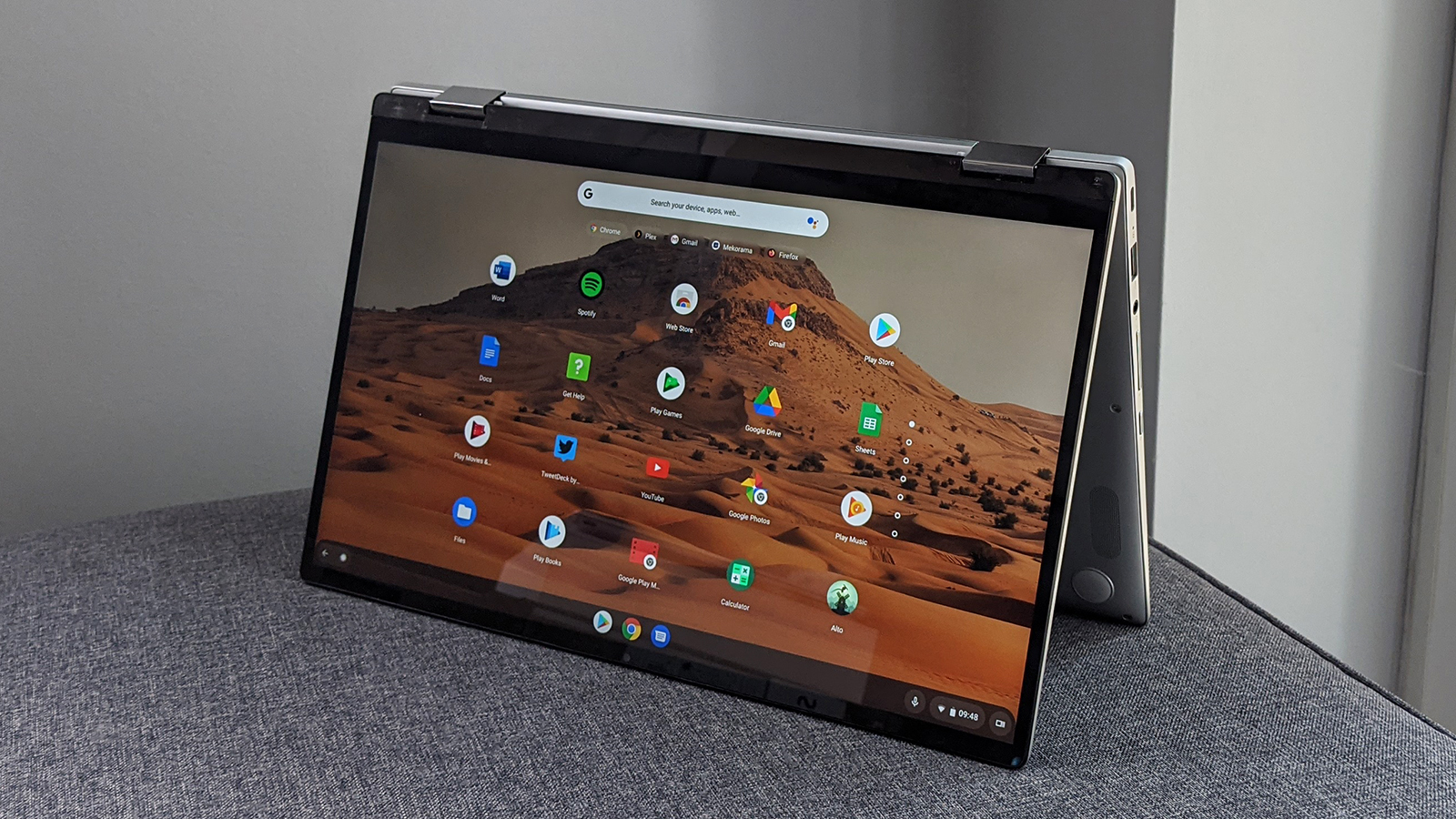

Specifications
Reasons to buy
Reasons to avoid
With its elegant looks, and a screen that you can flip around, the Flip C434 is undoubtedly one of the best Chromebooks money can buy. Head to our full Asus Chromebook Flip C434 review for more info.
Its 87% screen-to-body ratio is worthy of a premium laptop and looks great running Chrome OS, while the internal specs can be configured as required, with Intel Core m3, i5 or i7 processor options available.
The 14-inch display is also touchscreen-enabled, thereby unlocking that secondary tablet functionality, and delivers a decent Full HD resolution. Overall, this is a very strong all-round product – one that not only delivers laptop functionality but tablet power also.
The best powerful Chromebook
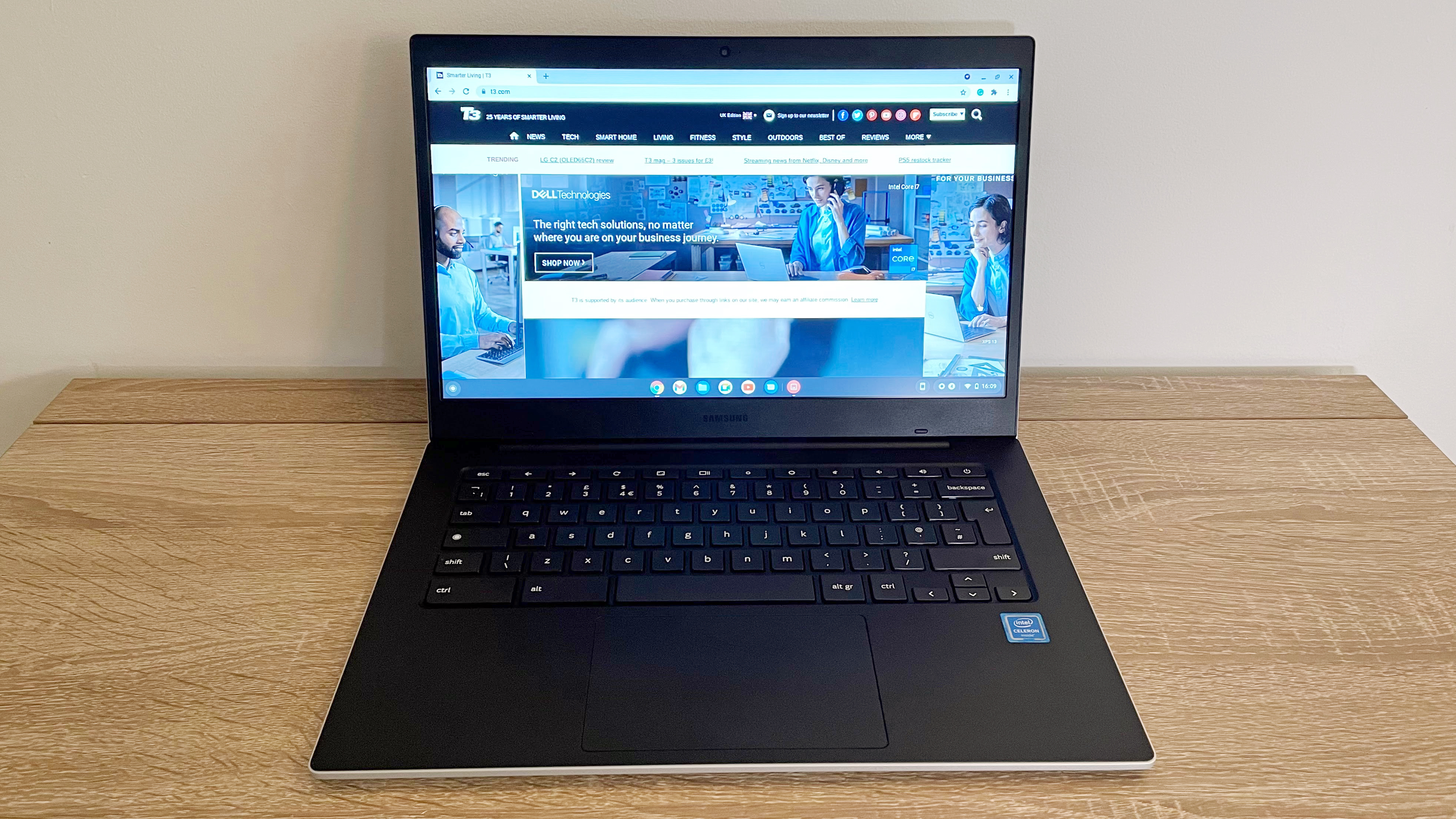

Specifications
Reasons to buy
Reasons to avoid
It's fair to say that not everything about the Samsung Galaxy Chromebook Go is outstanding, but as solid, value-for-money Chromebooks go it's certainly worth a look. You'll definitely be impressed with the design of the device, which looks like it's come from a manufacturer of Samsung's quality.
Then there's the lightweight nature of this laptop – it tips the scales at just 1.45 kilograms, so you're going to have no problem carrying it around. There's a 14-inch display here, and though the resolution could perhaps be higher, it's more than good enough for browsing the web and watching movies.
Another appealing aspect of the Samsung Galaxy Chromebook Go is the price. You can pick up this ChromeOS machine for much less than some of the other Chromebooks on this list, and as long as you're not too demanding in terms of the tasks you want it to do, you're not going to be disappointed.
Chromebook FAQs
Are a Chromebook and a laptop the same thing?
In almost all respects, yes they are. They deliver a portable computing experience that allows people to work and be creative wherever they might be, and often for significantly less money.
Where Chromebooks differ to laptops is in their operating system, apps, and internal components. The operating system, for example, is Google's Chrome OS – it's not Windows, Linux or macOS – while the apps that Chromebooks use are from Google's G-Suite of software and Android mobile app downloads.
What can you do on a Chromebook?
Chrome OS is the major difference between a Chromebook and Windows or Apple laptop. Chrome OS is a very streamlined OS that is designed to work completely in sync with Google's suite of applications, such as Google Mail and Google Docs, and while offline work is of course possible, Chromebooks are really designed to be used while online.
How to choose the best Chromebook for you
If you've established that Chrome OS will suit your needs, then the next steps are just as they would be with any laptop: what size screen will best suit you?; do you want a laptop-only design or a 2-in-1 or 360-hinge product for versatility?; will you need a little power for basic tasks or a bit more for more demanding operation?
One of the key specs to look out for is screen size, as this will determine how much room you've got for webpages and apps, and how easy (or otherwise) it is to lug your Chromebook around. Don't get too low a resolution as the quality will lack, but we'd also avoid a 4K resolution because it'll drain the battery - and longevity per charge is one thing Chromebooks excel at.
Ultimately the reasons to buy a Chromebook are that they offer secure, lightweight systems that are always kept right up to date. Say your Chromebook gets stolen – replace it with another, log in, and everything will still be where you left it in the cloud.
Chromebooks have also become hugely important for students in education. That long battery life, the typically low cost, and a decent suite of office apps mean that cash-strapped buyers in need of a reliable work computer have an absolutely ideal option.
How we test Chromebooks at T3
Testing Chromebooks at T3 is very similar to how we test our laptops: we live with them as if they're our own, ensuring we put them through the rigours of everyday life.
When testing a Chromebook, T3 starts as we would for any laptop, in judging its design and build quality. For Chromebooks, as systems that are designed to be portable, this is very important, as a weak fit and finish can lead to rapid deterioration.
This stage also includes analysing the system's display, as well as its capabilities such as a touchscreen. Many Chromebooks today come with flexible screens that can be orientated for slate usage, so ascertaining the quality of the touch interface is very important.
We then move onto judging the Chromebook's hardware and performance. Unlike Windows 10 laptops, for example, this doesn't lean on benchmark scores as much as it does experiential usage, and specifically usage of Chrome OS and its stable applications.
Finally, and this is very important for Chromebooks, we test out each system's battery life. Chromebooks are designed to be portable, use-anywhere-with-internet devices, and that means running them without a power supply. Here we see just how far a system can go in the real world before it needs plugging in.
We then rank it out of 5 in terms of a star score. If a system reviews well, we then consider it for entry into our best Chromebooks buying guide. Check out this article for more information on how we test at T3.
Get all the latest news, reviews, deals and buying guides on gorgeous tech, home and active products from the T3 experts

Mike is T3's Tech Editor. He's been writing about consumer technology for 15 years and his beat covers phones – of which he's seen hundreds of handsets over the years – laptops, gaming, TV & audio, and more. There's little consumer tech he's not had a hand at trying, and with extensive commissioning and editing experience, he knows the industry inside out. As the former Reviews Editor at Pocket-lint for 10 years where he furthered his knowledge and expertise, whilst writing about literally thousands of products, he's also provided work for publications such as Wired, The Guardian, Metro, and more.
- Yasmine CrosslandFreelance Tech Expert
- Robert Jones